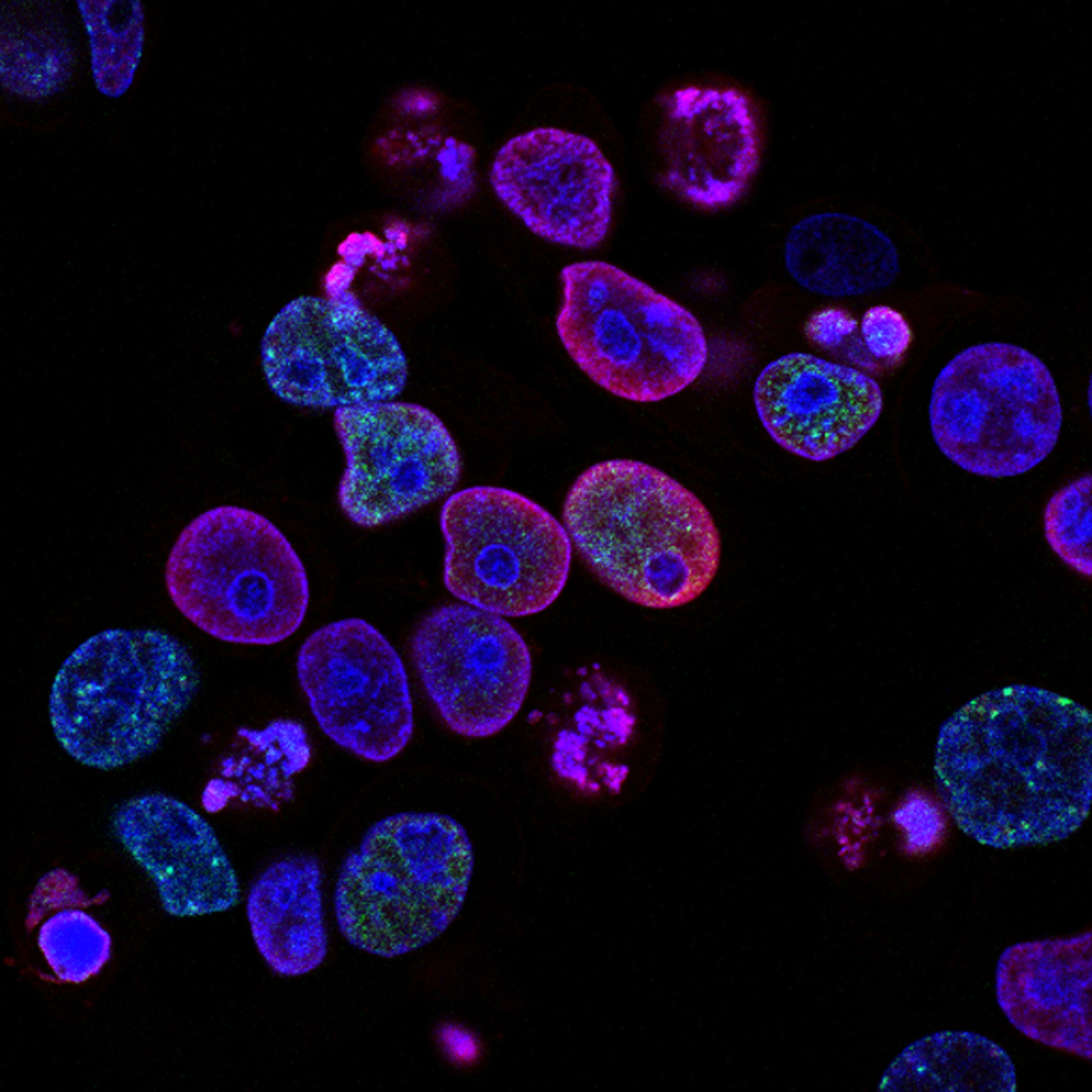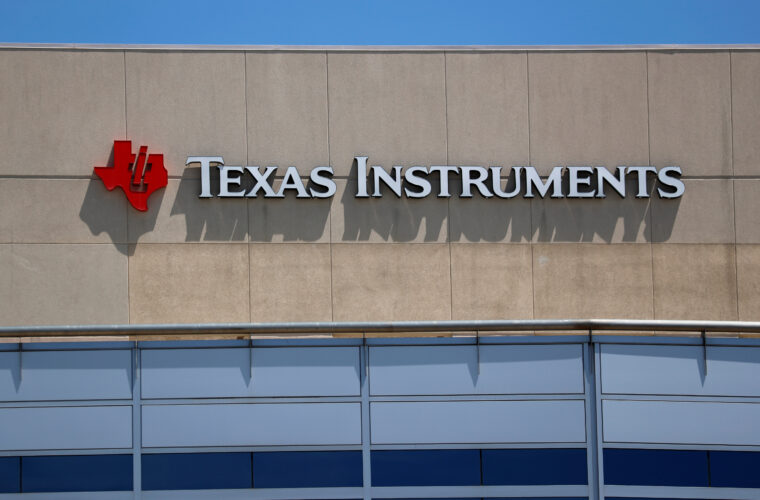Virtual worlds are in vogue, but equal promise lies in developing virtual environments for things: so-called digital twins. The technology is a fusion of simulation and internet-of-things (IoT) sensing that allows digital models of objects to be updated with accurate real-time data.
A digital twin is a virtual representation of the elements and the dynamics of a connected device, product, or system. The digital model tracks data from sensors on its physical sibling, aiming for exact emulation of real-world conditions. That could be anything from an airplane engine to a factory to an entire smart city.
Real-life applications – Digital Twins
Digital twins have already found uses in manufacturing processes. Luxury carmaker BMW partnered with Nvidia, using the computer company’s Omniverse digital twin platform to map its factories in digital space.
In BMW’s vision of future factories, people and robots work together, and engineers design and collaborate in a shared virtual space. The entire factory is simulated with photorealistic detail, explained Jensen Huang, founder, and CEO of Nvidia. “Omniverse was built to realize this future,” he said.
Teams of professionals empowered by digital twin technology can derive insights about faults and performance and significantly increase the speed and efficiency of research and development cycles. This comes with the added benefits of risking no real-world materials or resources and makes it easier to compile, synthesise, and process data with artificial intelligence.
The technology has only become practicable in recent years following improvements in the computing power of cloud-based systems, developments in 5G — fifth-generation telecommunication technology — and advances in 3-D rendering. According to industry insiders, these developments, combined with the remote work shift, have the technology maturing at the right time.

Whole factories or entire cities that use numerous simulations, all working in parallel and interacting with one another — can capture the necessary fidelity to reflect chaotic and complex reality. And this comes with real-world benefits.
Global consumer goods company Unilever collaborates with Microsoft to create virtual versions of its plants. The digital twin allows the company to make continuous changes to optimise production output, use of materials, and limit waste. The project has reportedly saved Unilever about $2.8 million at one site, cutting down on energy use and driving a 1-3% boost in productivity.
Virtual healthcare
Digital twins are also migrating into the healthcare space. In pharmacology, digital twins can facilitate the repurposing of existing drugs for newly emerged diseases.
“One of the biggest benefits of digital twins is the speed at which they can enable us to model reactions without involving humans or animals,” explained Dr. Olivier Barberan, director of translational medicine solutions at Elsevier.
During public health crises, data that is already available can be used to understand the disease and how it interacts with already approved drugs. This allows medical professionals to start the fight as quickly as possible, Barberan added.
Another area in which digital twins could help is reducing the number of placebos used in clinical trials. Although understandably challenging for patients and their family members to accept, placebos — non-treatment with no medicinal value — are used on some patients during clinical trials. This is necessary for the validity of the clinical research data, even when treatments are targeting life-threatening conditions.
“The need to remove the use of placebos is especially relevant when patients are in chronic and severe pain or where there’s enough historical placebo data from previous trials,” explained Dr. Gen Li, founder and CEO of Phesi a virtual clinical trials company.
Eradicating placebos and reducing the burden on patients should be an industry-wide goal, Li said, adding that digital twins make this possible. Considerable are advances expected in the next five to ten years, Li noted.

The first digital heart was developed as far back as 2014. Virtual organs are precious in planning before a procedure or preparing medical professionals for uncommon health conditions. Sometimes surgeons may never have encountered a condition until operating on a live case.
Fetal Heart VR for Oculus is a teaching tool for learning the geometry, anatomy, and function of congenital heart diseases in unborn babies. The aim is to help medical professionals identify conditions during prenatal sonography.
Nvidia has even begun simulating a complete living cell, modeling the full spectrum of chemical interactions. This technology could help pharmaceutical companies better understand how treatments and diseases function inside cells in the future.
Another potential area for digital twins is the software-as-a-medical device — for instance, a patient-specific digital twin constructed from the individual’s assorted healthcare data. Applications like this are seen as a promising avenue in the fight against cancer.
Obviously, privacy concerns could emerge from any under-the-skin personal data models. Still, the power and value of these digital products could eventually sway public opinion, in turn diluting regulatory scrutiny.



